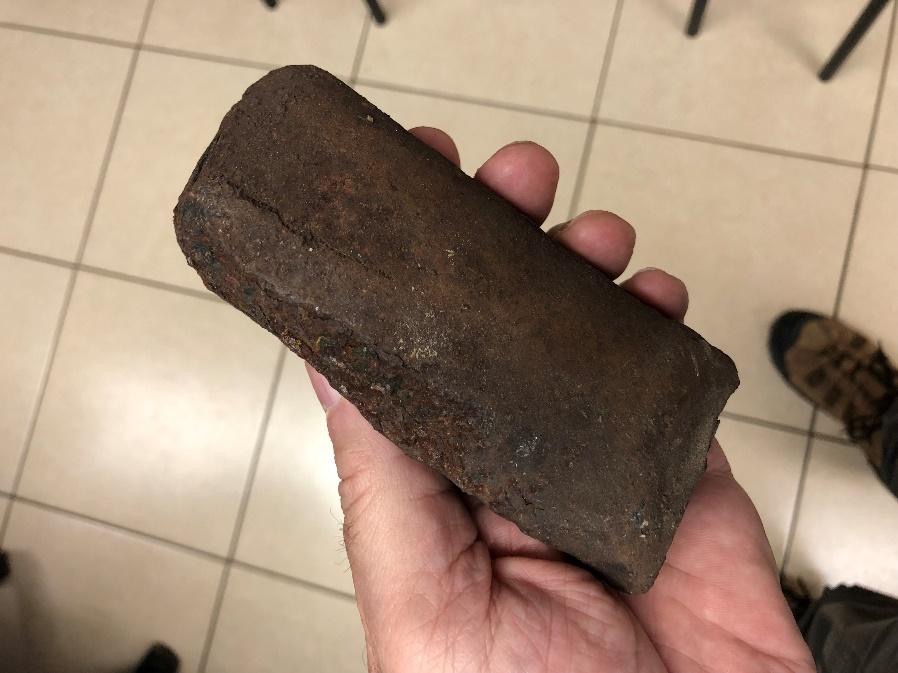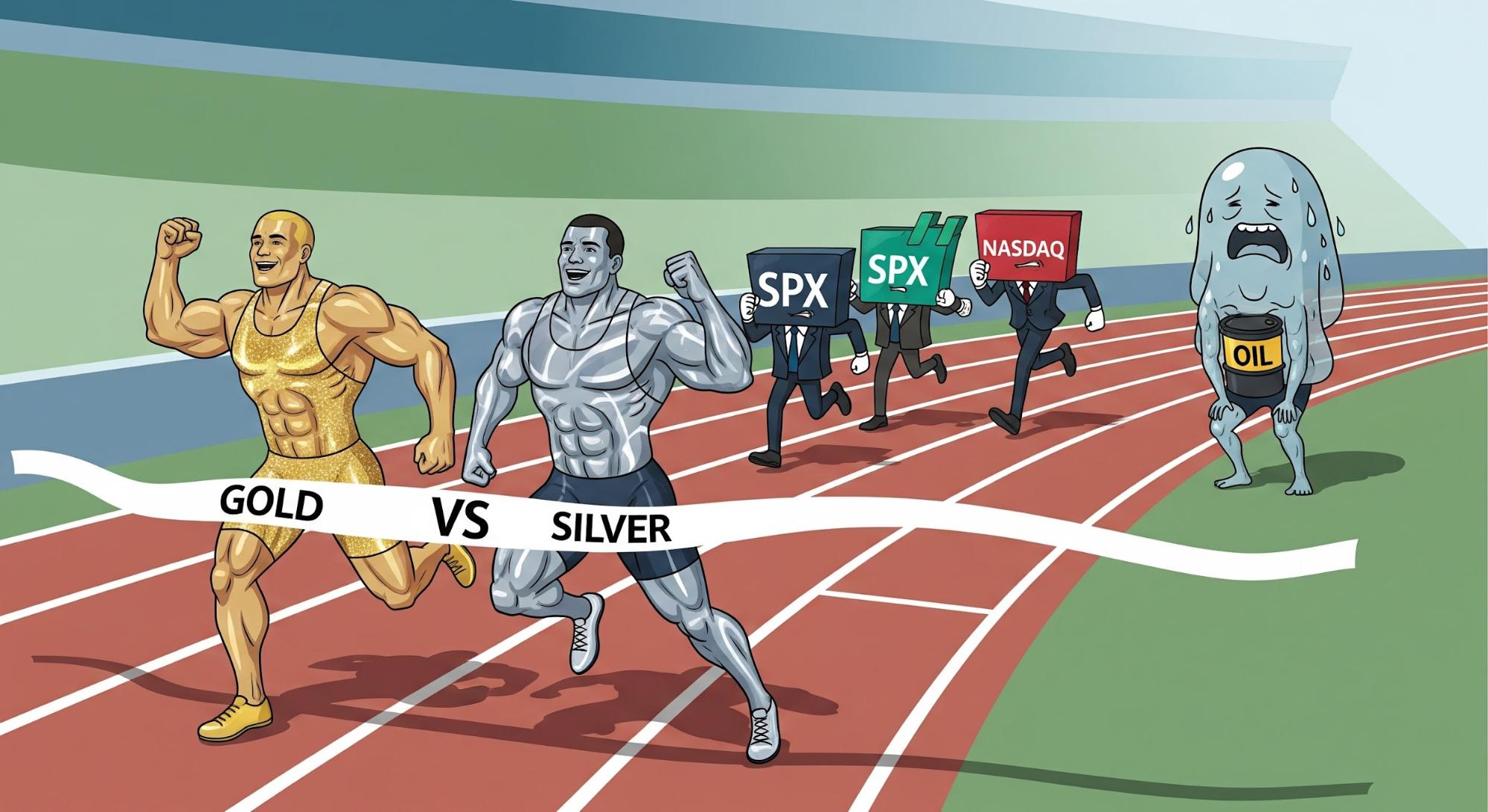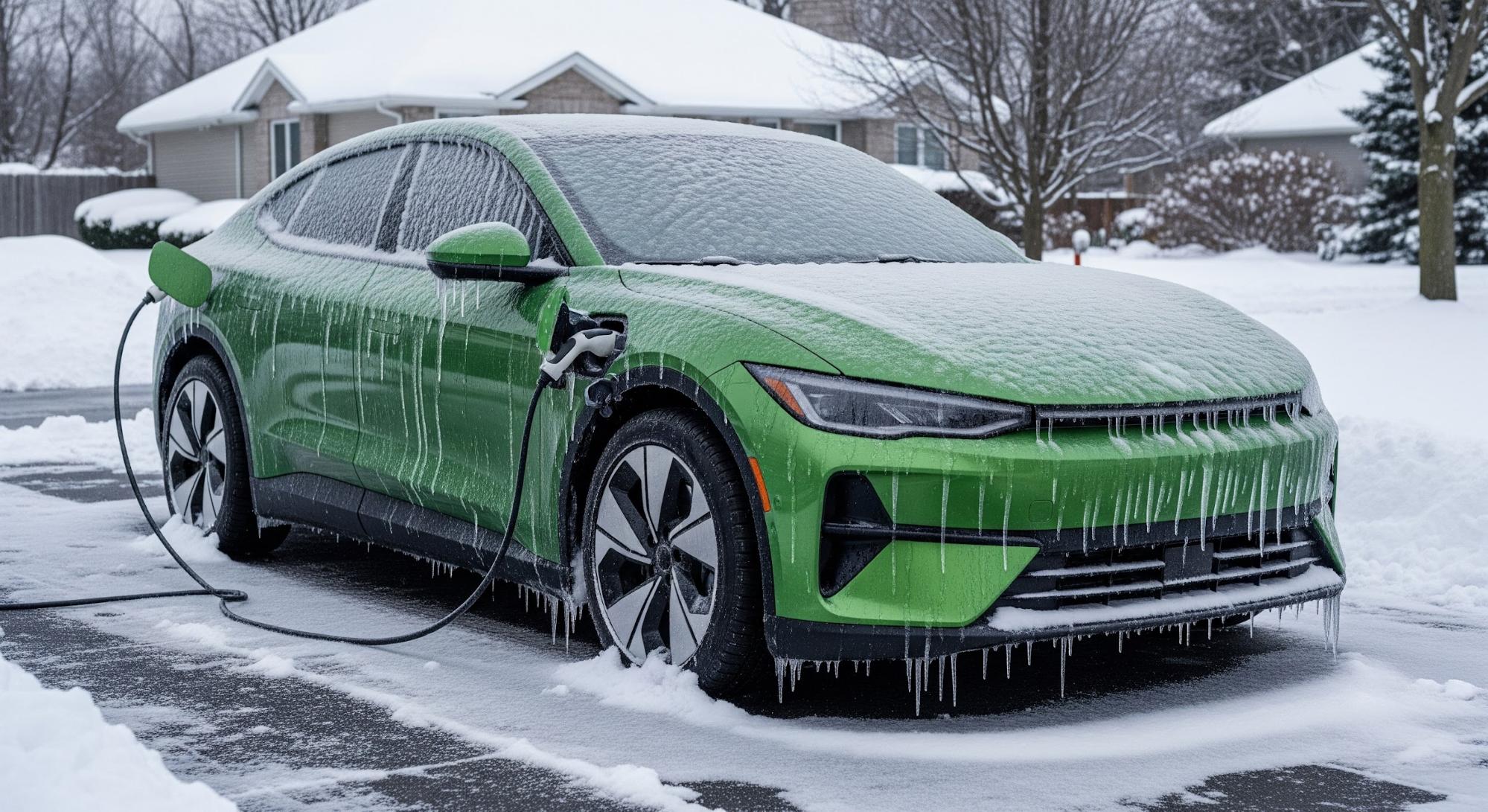Posted September 13, 2024
By Byron King
I’m Not Turning Japanese
Today, we’ll discuss the American steel industry, particularly the ongoing saga of how Japan’s Nippon Steel wants to buy an iconic American firm, U.S. Steel. However, Biden, his administration, and presidential candidate Donald Trump oppose the proposed business realignment, so it will likely not happen.
What does this kind of politicking mean to American steel, if not the U.S. economy, more broadly? Let’s tap this furnace, so to speak, but first, I admit… I watched the Trump-Harris debate the other night on ABC News. (Yeah, so you didn’t have to.)
Who Scripts These Things?
Long ago, I gave up watching network news. It’s not really news, anyhow; it’s just big-money broadcast television laced with heavily curated propaganda. It’s not worth the time. I have better things to do than observe a talking head narrate a list of stuff for half an hour. I’d rather read a book.
Still, on Sept. 10, I took one for the team and watched the two candidates. At the outset, I sort of believed ABC News' declaration that they didn’t give the questions in advance to either side. But I also wondered what that means and if it matters. At least as I perceived the spectacle, it seemed more like the Harris campaign had provided the questions to ABC.
Characteristic of mainstream media content, the overall tone of the two stuffed-shirt moderators was heavily tilted anti-Trump. And when Kamala took questions from the ABC payrollers, she had an easier time of it while still evading any solid answers to hard questions.
Then again, give Harris some credit because, apparently, she is coachable, which is definitely something that the people who really run the country want in their bought-and-paid-for politicians, certainly their wannabe presidents.
Along the foregoing lines, Kamala was holed up in a hotel suite in Pittsburgh, cramming and prepping for over a week. Her temporary residence in the former Steel City was mostly a local story, although it went national – New York Times level – when she shopped for spices. Yes, I’m serious, this presidential candidate went to a store and bought spices.
Debate-wise, Kamala’s handlers pumped a list of scripted, focus-grouped sound bites into her head, which showed as the effort paid off. The repetitious verbal drills – if not (perhaps) the electroshock treatments – worked, and stifled the Democrat candidate’s up-to-now trademark vacuousness; those odd quirks that we’ve seen many times when Kamala Harris begins to speak, and then rapidly descends into giggles, and word salads about things at the edges of her envelope of knowledge.
Consider how, up until just a couple of months ago, Harris was the least popular vice president in modern history. Party insiders openly wondered how President Joe Biden could ditch her and not take a huge political hit. And then? Well, you know what happened… Old Joe got the proverbial Heave-Ho, and now he’s baking in the sun at the beach while staff do the lifting.
Meanwhile, Kamala-Mamala is the Democrat party nominee, feted widely and the toast of towns across the land, at least in jurisdictions where lots of ballots will get counted.
Still, to be accurate, this whole political Kamala Kabuki theater is not about her. It’s all about which party will hold the Constitution’s “executive power” come January 20, 2025. Harris’s name is on the Democrat ticket, and her backers will crawl over broken glass to get her elected. “By any means necessary” is their catchphrase, n’est-ce pas?
Obviously, Kamala and Trump disagree on all manner of issues, from federalized abortion policy to the Afghanistan debacle; down to how many pet cats are being stolen and barbecued by illegal migrants who entered through the country’s wide-open borders. It is what it is…
But! There’s one issue on which these two candidates do not disagree: something a bit obscure, yet really important, and which returns us to the steel industry.
The Eighth Wonder of the World
Andrew Carnegie once called steel “the eighth wonder of the world.” That is, take two pounds of iron ore, two pounds of coal, half a pound of limestone, add a dash of manganese; and you wind up with a pound of solid steel, from which miracles can flow.
We could discuss Carnegie and steel all day, and I’d love to do that; but for our purposes here, he was key to the American iron and steel business in the late 1800s. In 1901, Carnegie and banker J.P. Morgan folded the Scotsman’s many assets into a business combination called U.S. Steel. Then as the 20th Century unfolded, U.S. Steel was there for America, pouring metal and engineering it into everything from rails and bridges to the beams of the Empire State Building, to Navy ships, Detroit cars, refrigerators and much else.
At its peak, U.S. Steel was among America’s largest employers, with over 340,000 workers in mines, mills, rail yards, factories, labs and offices across the land. In fact, for 90 years, from 1901 to 1991, the company’s shares were a component of the Dow Jones Industrial Average.
But today, Mr. Carnegie’s legacy company (U.S. Steel—X) is a shadow of its past. Its market cap is about $7.3 billion, far below replacement cost for its assets and facilities. It’s nearly invisible compared with $3 trillion behemoths like Apple, Microsoft, and Nvidia.
U.S. Steel employs about 22,000 workers, which ranks it far outside the top 100 list. Heck, the fast-food company Arby’s employs almost four times more people, albeit to make sandwiches versus automotive sheet metal.
To accomplish its daily work, U.S. Steel pours tonnages that rank the firm about 25th in global steel output, which is far behind a host of steelmaking names, mostly foreign companies of which you likely never heard.
Some divisions of U.S. Steel are highly efficient and globally competitive; the Edgar Thomson Works in Braddock, Pennsylvania, comes to mind. But many other company facilities are old, as in very old. (In fact, parts of the above-noted Edgar Thomson facility date back to 1875.)
Generally, the U.S. Steel story is that its plants and technologies require significant levels of new investments, and large-scale updates to remain competitive in domestic markets, let alone across the world. The company’s wish list for capital runs well into many billions of dollars, and just how can a $7 billion outfit that ranks 25th in the world in its sector raise that kind of money? (Hint: it can’t.)
Along Comes Nippon
In the summer of 2023, Cleveland Cliffs, a U.S. company, made a cash and stock offer of $8.3 billion to buy out U.S. Steel. Players in the Wall Street takeover game began to take notice.
Then, in late 2023, Japan’s Nippon Steel showed up at the door to offer $14.9 billion for U.S. Steel, all cash; that, along with the promise to assume debt, honor union contracts, invest about $2.7 billion into the American firm, plus keep the company headquarters in Pittsburgh.
By background, Nippon ranks fourth in global steel output and has long been considered a world-class technology leader in the metals business. It’s profitable, and its OTC shares (Nippon Steel Corp. – NPSCY) pay a dividend of 4.8%.
With that knowledge alone, one can discern a key distinction here. Cleveland Cliffs is (as the name implies) located in Ohio, while Nippon Steel is located in Japan—Tokyo, to be exact. And when it comes to a fundamental business such as steel, particularly with a company named U.S. Steel, the flag on the mast is a controlling item.
In other words, if this takeover involved a U.S. manufacturing firm named “Declining, Formerly Big, Cash-Poor Steel Company, Inc.,” the takeover offer from Japan would not have been a big deal. It would have been another day for shareholders to sell into the arbitrage and let the merger bankers and pinstriped lawyers do their thing. But in an interesting spin on both U.S. business and politics, money on the table didn’t seal this deal.
For obvious reasons, Cleveland Cliffs objected to the Nippon deal, although Cleveland failed to sweeten its original offer with more cash and promises of new investment.
The United Steelworkers Union (USW) quickly followed suit and objected to Nippon. In a statement, the union wrote: “Neither U.S. Steel nor Nippon reached out to our union regarding the deal, which is in itself a violation of our partnership agreement that requires U.S. Steel to notify us of a change in control or business conditions.”
In other words, the USW believes that it should have been consulted early-on by both Nippon and U.S. Steel. The union has a long list of other issues concerning a Japanese company forming a U.S. shell to take over a vast assemblage of U.S.-based industrial assets. There’s an even more interesting background to the whole tale in no less than the Washington Post. Yes, this has become very political.
Now, the Politics
The USW is a big union with about 830,000 members nationwide. And we’re talking about a takeover of U.S. Steel, an old business name rooted deeply in the firmament of politically important Pennsylvania. And it’s not hard to write the next act in this script.
In Washington, D.C., per CNN: “President Joe Biden is prepared to block Japan’s Nippon Steel’s proposed acquisition of U.S. Steel, … a move that would deal a major blow to the $14 billion merger that has become a lightning rod in an election year as candidates on both sides of the aisle vow to protect American manufacturing.”
Wannabe President Kamala Harris says so, too: “U.S. Steel should remain American-owned and American-operated.”
Even Mr. Art-of-the-Deal, former President Donald Trump, opposes the Nippon takeover: “I will stop Japan from buying United States Steel,” Trump said recently. They shouldn't be allowed to buy it.”
This one-sided, anti-Nippon politicking is about union votes in an important state in an election year. Neither Biden-Harris, nor Trump wants to cross swords with the USW, although many of U.S. Steel’s actual workers support the Nippon takeover. And U.S. Steel has threatened to move its headquarters from Pittsburgh is the Nippon deal fails.
Meanwhile, Japan is a treaty ally of the U.S., and people at the State and Defense Departments are counting on Japan in the looming push against China. So, let’s all get together and insult Japan and the Japanese, right? Oh, wait…
And consider that without the takeover and infusions of new capital from Nippon, many U.S. Steel legacy facilities will continue to age out and fade into obsolescence. It’s fair to ask what that does to the medium—and long-term prospects of current workers. Right; good luck.
A Cleveland Cliffs takeover of U.S. Steel would place nearly 100% of U.S. pig iron production in the hands of one company. So right away, there’s a major antitrust issue, along with long and expensive litigation with the Federal Trade Commission and Dept. of Justice.
And while we’re touching on technical issues, most industry outsiders fail to understand the difference between pig iron production and arc furnace scrap steel; the two are complementary but quite different. You can melt down old washing machines, car parts, engine blocks, building materials, scrapped ships, etc., and get something called “steel.” Yes, but that metal has all impurities that will never come out. In many respects, for reasons of just plain metallurgy, melted scrap does not deliver the highest quality steel.
Arguably, the highest and best-quality steel is made—or blended or alloyed—from an original form of iron ore, historically melted down in big blast furnaces, but more recently, available faster and at lower cost via a process called “direct reduced iron (DRI).”
 DRI sample from a modern steel mill. BWK photo.
DRI sample from a modern steel mill. BWK photo.
Okay, sorry; I don’t want to go too far down a technical rabbit hole, but DRI is produced using natural gas, of which the U.S. has much, and running said gas through entirely new forms of steelmaking technology, which U.S. Steel and Cleveland Cliffs have not built out.
In other words, U.S. Steel and Cleveland Cliffs are decades behind the world technology curve regarding DRI. At the same time, a company like Nippon has the technology expertise and the cash to invest in upgraded iron production.
Bellyache All You Want, But…
To wrap up, the USW, Biden, Harris, and Trump can complain about “U.S.” Steel getting bought by Nippon or not. But at the end of the day, absent new severe investment in plants, equipment, worker training and more, the country’s steel industry will become older and further out of date. So, if not Nippon, who will write the big checks?
Looking ahead, peering down the road we see laid out before us, America’s legacy steel industry will become more and more legacy until whatever happens; as in, what do you think happens to industries and companies that fall out of step with progress in the rest of the world?
Of course, the U.S. will retain a steel industry. Nucor, Steel Dynamics, Cleveland Cliffs, and many others speak for themselves. But much, indeed most, of that steel industry will be scrap melt, which is nice but not the best case. All that, along with a declining amount of domestic pig iron, which is essential for the highest-quality alloys.
If you want to get strategic about it, losing the pig iron component of your steel industry is not the place to be. Yes, the U.S. can import pig iron… from Russia, perhaps. Oh, whoops. You see this problem, yes?
You all get the point, I’m sure. So that’s it for now. I’m going back to reading my books cuz, as I stated at the top, I do not watch television.
Thank you for subscribing and reading…

Oil Off The Boil
Posted December 24, 2025
By Sean Ring

Gold Bars, Up Bars, and FUBAR
Posted December 23, 2025
By Sean Ring

EX-SQUEEZE ME!
Posted December 22, 2025
By Sean Ring

Swamp, Brains, and the Game
Posted December 19, 2025
By Sean Ring

WTI…WTF?
Posted December 18, 2025
By Sean Ring
